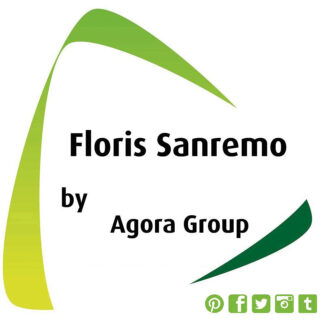Lagurus, commonly known as « hare’s tail grass » or « bunny tails, » is a type of ornamental grass that belongs to the Poaceae family. It is popular for its unique and eye-catching appearance, making it a popular choice in gardens, landscaping, and floral arrangements. Here is a description of Lagurus:
- Appearance: Lagurus plants are typically small, reaching a height of around 12 to 18 inches (30 to 45 centimeters). The most distinctive feature of Lagurus is its fluffy, cylindrical flower heads that resemble the tail of a rabbit or hare. These flower heads are densely packed with soft, bristle-like, pale-colored awns (modified bracts) that give the plant its common names « hare’s tail grass » and « bunny tails. » The color of the awns can range from white to pale pink or beige.
- Foliage: Lagurus grass has slender, green leaves that are often inconspicuous compared to its striking flower heads.
- Growth Habit: Lagurus is a clump-forming grass, meaning it grows in compact, rounded clumps rather than spreading out aggressively. This makes it a suitable choice for borders, edging, or container gardens.
- Flowering: The flowering period for Lagurus typically occurs in late spring to early summer, producing its iconic bunny tail-like inflorescences. The flowers are small and inconspicuous, but it’s the fluffy, elongated seed heads that capture attention.
- Sun and Soil Requirements: Lagurus prefers full sun or partial shade and well-draining soil. It can tolerate a variety of soil types but thrives in soil that is not too rich or fertile.
- Hardiness: Lagurus is an annual grass in most regions, but it can sometimes act as a short-lived perennial in milder climates. It is not particularly cold-hardy and may not survive harsh winters.
- Uses: Lagurus is mainly grown for its decorative value. It is often used in cut flower arrangements and dried flower displays due to its unique seed heads. It also adds a whimsical touch to gardens and landscapes, especially in cottage gardens, coastal gardens, or rock gardens.
- Maintenance: Lagurus is relatively low-maintenance. It may self-seed, so deadheading the spent flowers can help prevent excessive reseeding. Pruning in late summer or early fall can help maintain its shape and appearance.
In summary, Lagurus, or hare’s tail grass, is a charming ornamental grass known for its fluffy, bunny tail-like seed heads and is prized for its decorative value in gardens and floral arrangements. It is relatively easy to grow and adds a touch of whimsy to various landscape settings.




